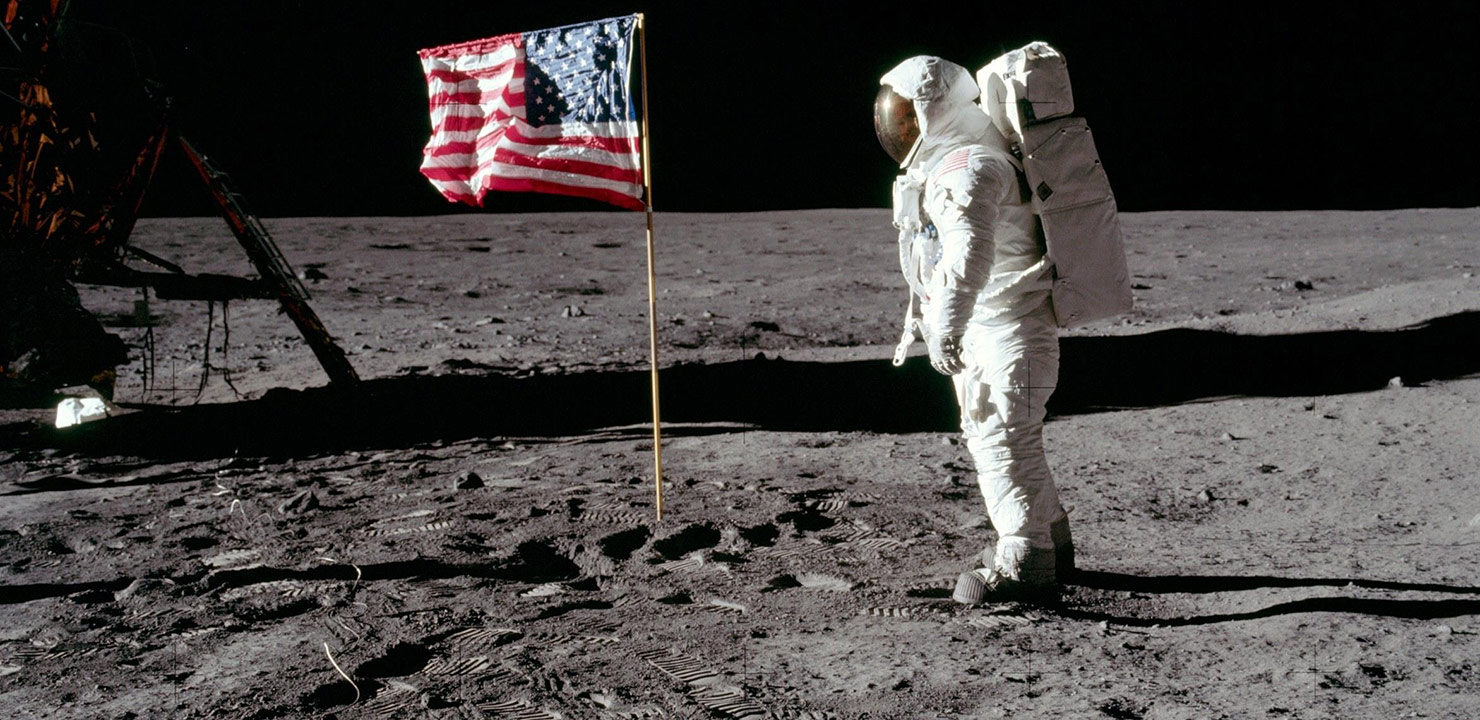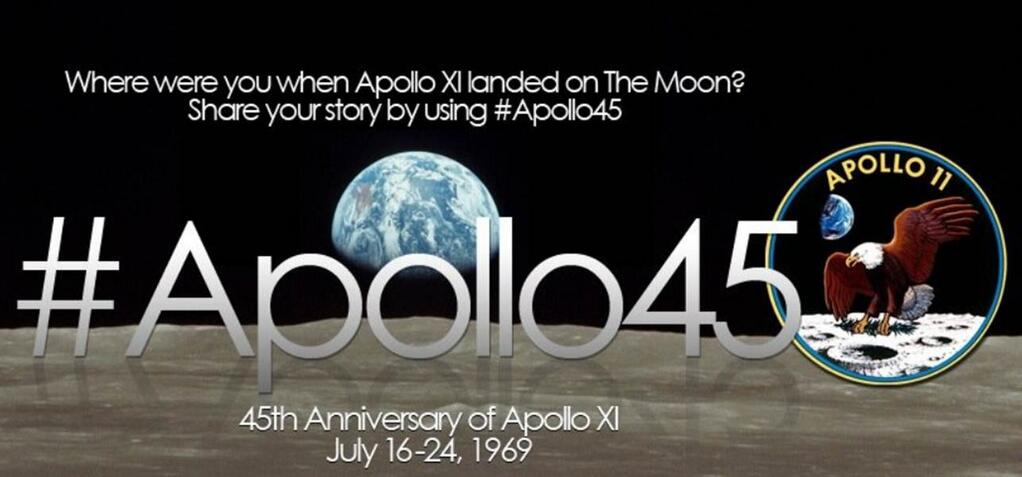
On the 45th Anniversary of Apollo 11
July 2014 :
History can mean different things to different people. For us as kids, it was memorization from a normally very dry text. But, as time passes, and we begin to get a little older, history seems to catch up on us, and we actually find ourselves becoming a generation in which historic actions are part of our times.
Witness Tom Brokaw’s “Greatest Generation,” those magnificent heroes who fought in World War II and the Korean War. Now in their 80s and 90s, they are fast becoming a part of the history future generations will only be able to read about in their school books. Whenever we hear about the actions taken by these men and women, we can only marvel at the strength they had to undergo what they had to in order to perform their duties to the best of their abilities. In addition, there were those who stayed home, but made a significant contribution to the war effort, such as Charles Nez, who died last month at age 93; he was the last of the 29 original code talkers, who created messages based on their Navaho language.
For many of us Baby Boomers, we had two incredible events to live through: the Vietnam War, an action many of us try to forget, but can’t, and the Apollo program, which was to be our foot in the door to the expanding voyages into space. Forty-five years this month, many of us were glued to our television sets as the first two Americans, Armstrong and Aldrin, walked on our neighbor Moon. This amazing adventure, which had begun in the early part of the ‘60s with then-President John Kennedy’s announcement that we would be there by the end of the decade, and the entire country worked toward what was believed to be an impossible goal for such a short period of time.
But it happened. Despite the fatal fire of Apollo 1 in 1967, the largest body to leave the Earth, the Saturn V, brought the three astronauts, including Michael Collins, who could only look out the window of the orbiter, to the Moon in 1969, dropping two of them off, then returning all three back safely, all in the span of a week. Five other successful flights followed, but nothing could erase the eye-popping amazement of actually being able to watch the very first footsteps created by Man in July, ’69.
Unfortunately, with the dismantling of the Apollo program after the last flight, #17, in 1972, the farthest we have traveled off our home since then is about 200 miles overhead, first by means of the Space Shuttle, and now with the home-away-from-home International Space Station. This had been originally meant to be a lifting-off point to future missions away from Earth, but, with, at least as of now a potential lifetime only until the early 2020s, it seems as if for the Generation X’ers there doesn’t appear to be, except for robotic missions, much future in stepping off the Earth and reaching for the Star Trek/Wars that we were hoping to be aiming for at this time.
But, in the meantime, let’s take a moment to remember the feat of Armstrong, Aldrin and Collins, plus a moment of silence for Neil Armstrong, and recall the absolute excitement in seeing real-time images of the first humans to walk on the Moon 45 years ago this month. Yes, we do have the results of robotic missions returning breathtaking pictures and information all over the electromagnetic spectrum from much of our solar system, but nothing will ever replace watching footprints being made on a body other than Earth.




